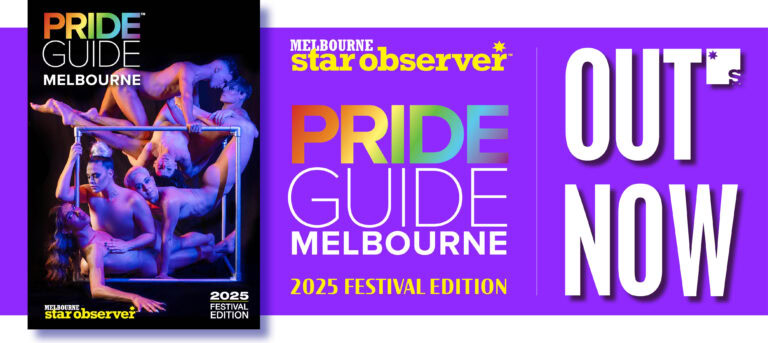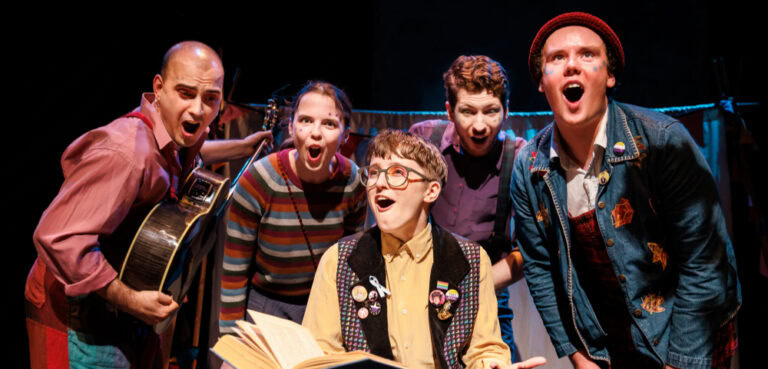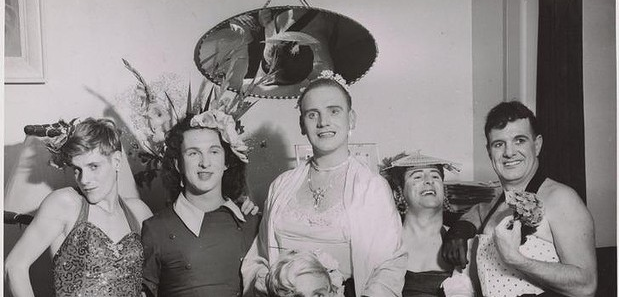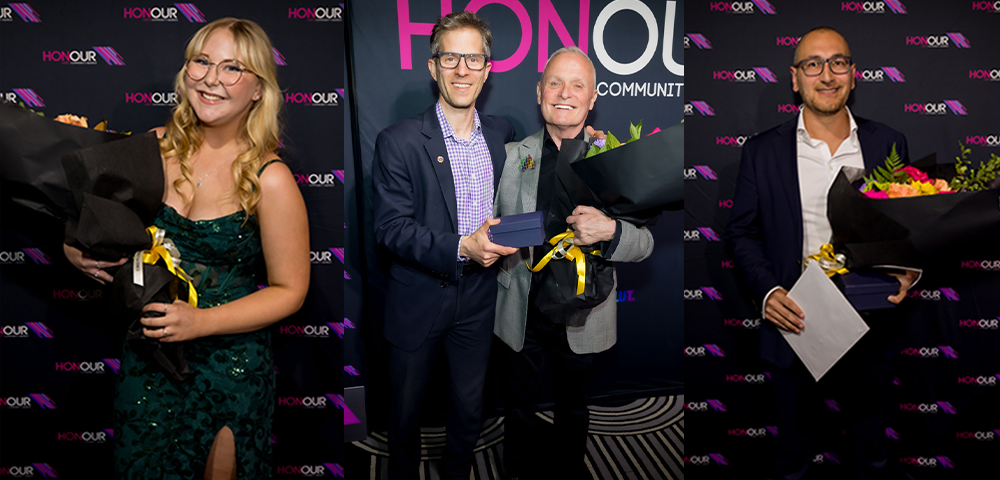
Looking back, looking forward
This year the SGLBA, formerly the Gay Business Association, celebrates 30 years.
Founded in 1981, the Association has seen growth, challenges, change and progress and remains one of the oldest gay and lesbian community groups in Australia. Many of us know what the SGLBA does today, but not all of us know where it came from.
The SGLBA has a proud history of presenting notable speakers, serving the gay and lesbian community, supporting initiatives, individuals and groups through the Good Works Fund and Business Scholarships and providing space for gay and lesbian professionals to network and socialise.
It is with respect for those who have shared a connection to the GBA/SGLBA that we take this look back on the occasion of the SGLBA’s 30th anniversary.
Thirty years ago the landscape for gay and lesbian businessmen and women was very different from what professionals might experience today.
Homosexuality was illegal in many states and sodomy laws would be part of Australian law until 1994, when the Human Rights (Sexual Conduct) Act 1994 legalised sexual activity between consenting adults in private.
As was the case in many countries, lesbianism was never illegal in Britain and hence not illegal in Australia. It is thought that it was not illegal because lawmakers refused to believe it existed.
Homosexuality was considered by many, including the Australian Medical Association (AMA), to be an illness or disorder, only being removed from the AMA’s official list in 1984. New South Wales legalised male homosexuality in that same year.
During the 1970s, the Campaign Against Moral Persecution (CAMP) raised the profile and acceptance of Australia’s gay and lesbian communities. Most states and territories repealed their laws between 1976 and 1990.
Tasmania lagged behind other states and territories and it wasn’t until 1997 that the law prohibiting gay male sexual conduct was repealed. The famous cases of Toonen v Australia and Croome v Tasmania were instrumental in the struggle for recognition of same-sex rights in Tasmania.
Added pressure from the federal Government and the United Nations Human Rights Committee helped to convince the Tasmanian Government to lift the ban on homosexual activity.
Seven years later, in 2004, Tasmania was the first jurisdiction to recognise same-sex couples in Australia (under the Relationships Act 2003).









